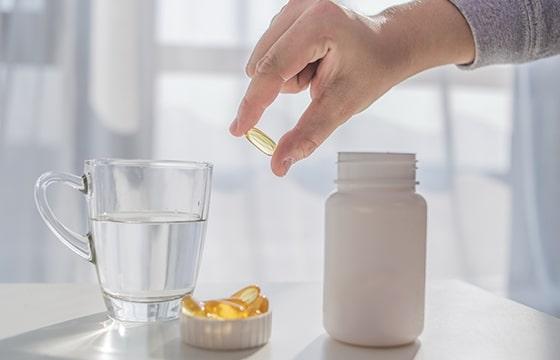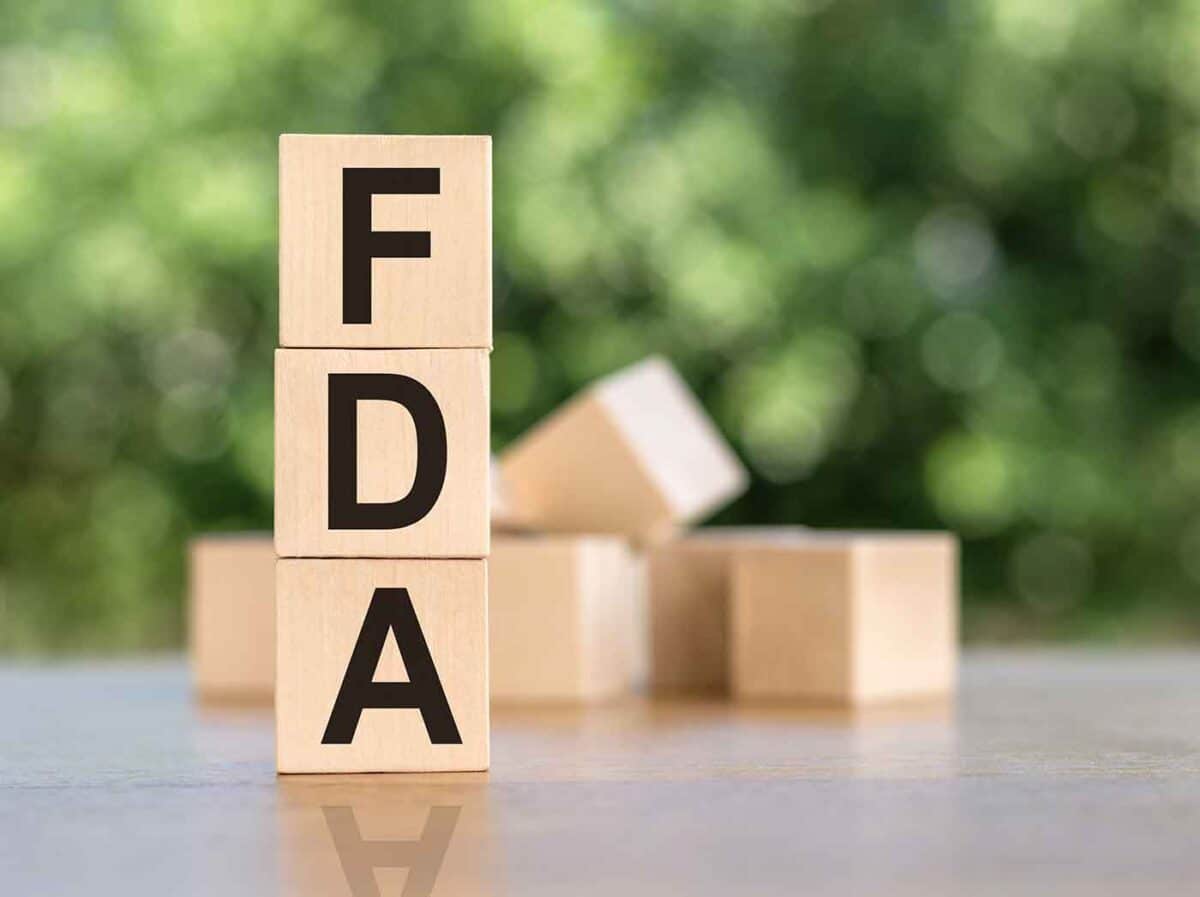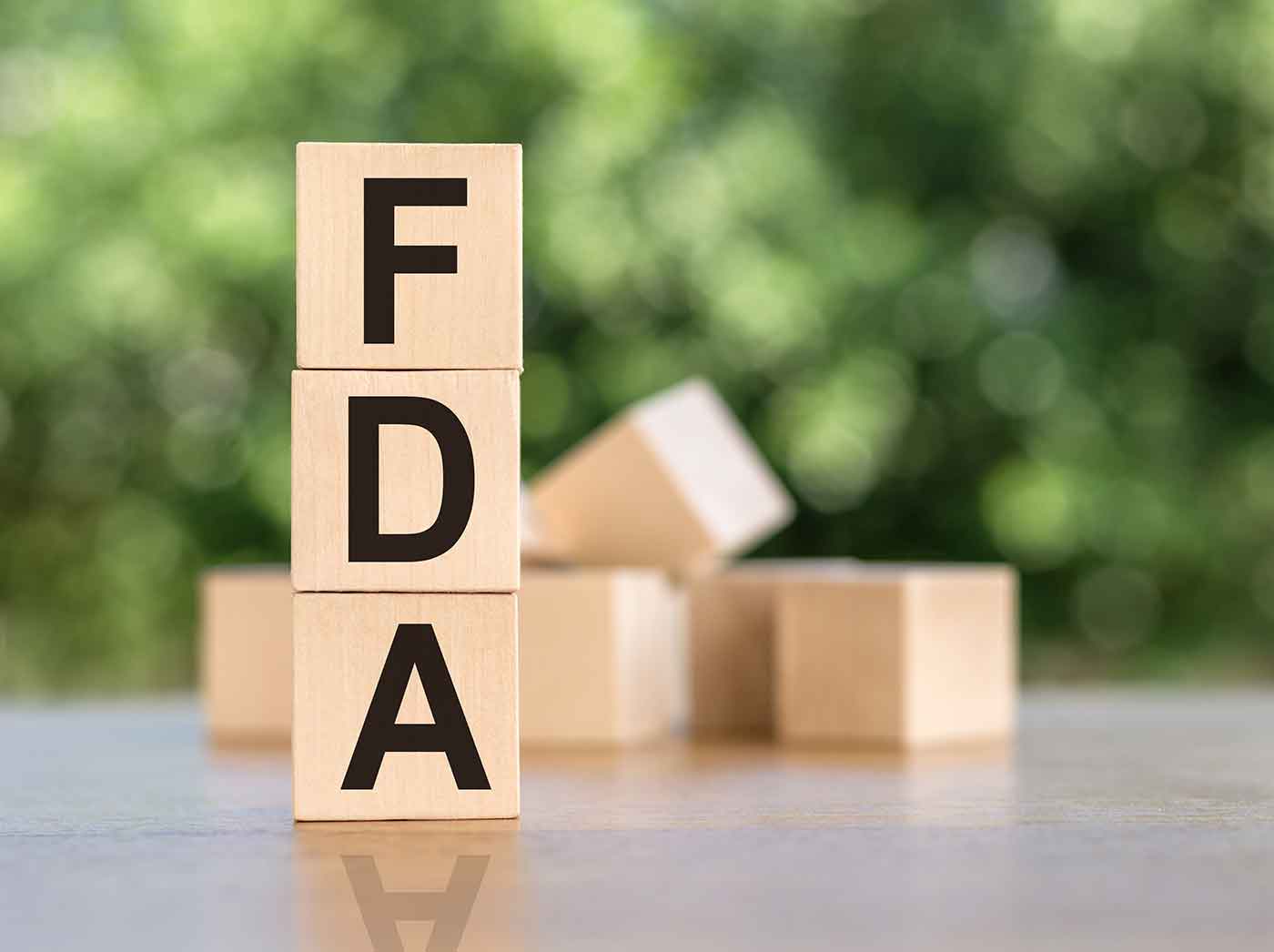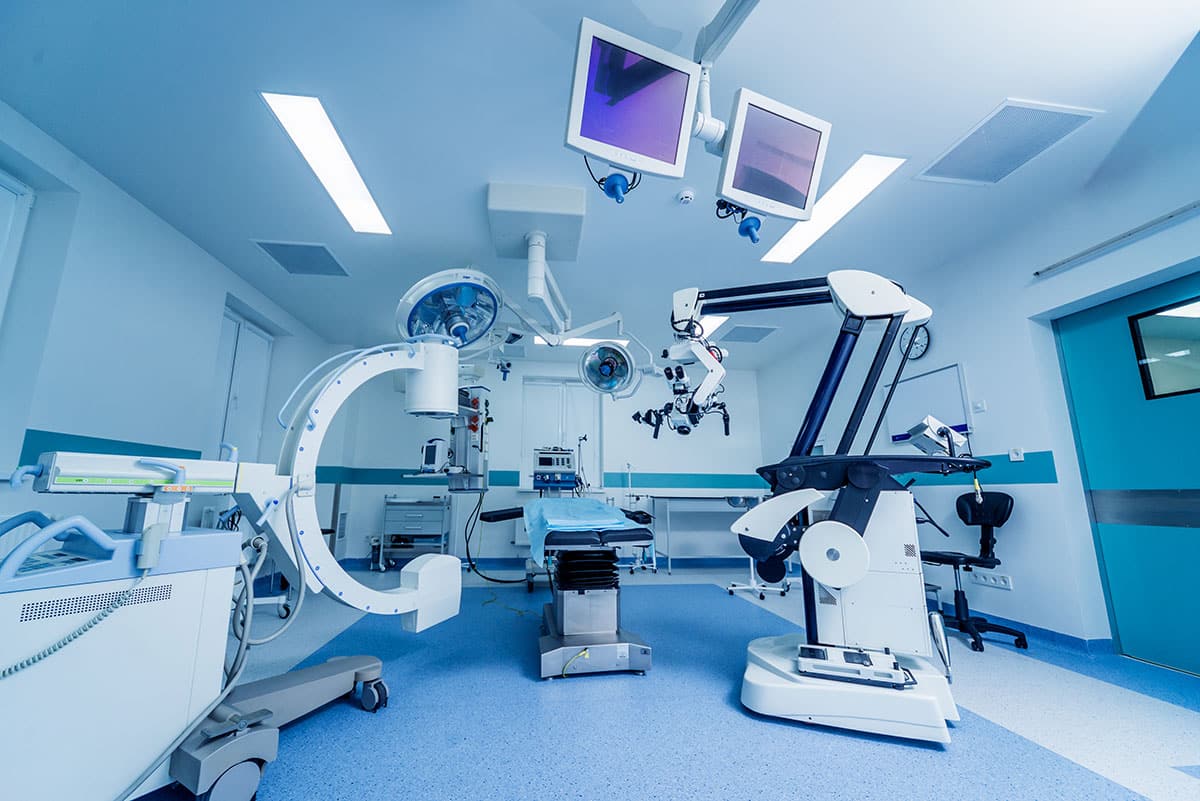 Say you have a new ingredient and are ready to enter the US food market. To ensure this ingredient is considered approved (and the product will not be considered adulterated upon formulation) for use, you have a decision to make: Do you wish to obtain ingredient approval through GRAS (Generally Recognized As Safe) or via NDI (New Dietary Ingredient)?
Say you have a new ingredient and are ready to enter the US food market. To ensure this ingredient is considered approved (and the product will not be considered adulterated upon formulation) for use, you have a decision to make: Do you wish to obtain ingredient approval through GRAS (Generally Recognized As Safe) or via NDI (New Dietary Ingredient)?
An Overview of ‘GRAS’ – General Recognized As Safe:
Wondering what GRAS stands for? Learn all about this FDA approval process and its implications for food & beverage products. GRAS stands for Generally Recognized As Safe, the designation from the U.S. Food and Drug Administration that applies to ingredients used in food and beverage production. It indicates that an ingredient has been determined safe for its intended use and does not require pre-market approval.
This blog will explore the concepts and requirements surrounding both GRAS and NDI to help you navigate your ingredients into the US food supply. We will discuss each pathway and reasons why your company may want to favour one over the other.
What is GRAS?
GRAS is a designation from the U.S. Food and Drug Administration (FDA) that applies to ingredients used in food and beverage production. This official designation indicates an ingredient has been determined safe for its intended use and does not require pre-market approval from the FDA. Generally, this means that if an independent panel of experts has deemed a food component or additive as safe to consume, then it is considered “generally recognized as safe” or “GRAS”.
How Does the GRAS Process Work?
The GRAS process consists of two different ways an ingredient can be approved as safe for use in food and beverages. First, a manufacturer can convene their own panel to review data from their research and determine if that specific ingredient is safe for its intended use. Alternatively, the FDA has established a list of recognized substances considered safe for use in different products without further testing. When those two processes have been completed, then the ingredient can be designated as GRAS or generally recognized as safe.
Who Gets to Decide Which Ingredients Receive GRAS Status?
The FDA has the final say on which ingredients and additives are designated as GRAS, but that authority may be delegated to certain expert panels or scientific bodies. When a manufacturer completes their own research and determines an ingredient is safe for use, it does not automatically receive GRAS status from the FDA until it has been thoroughly reviewed and approved according to existing criteria. This process allows for special consideration of ingredients believed to be safe that do not necessarily fit into pre-defined categories.
What Are the Benefits of GRAS Certification?
Having GRAS certification carries several benefits. It indicates that a product has met stringent FDA-approved criteria for safety, which makes it easier for manufacturers to get their products onto the market quickly and comply with regulatory requirements. Additionally, GRAS-certified ingredients tend to have higher prices due to their increased safety assurance and shorter waiting period before they can be used in food/beverage production. This can benefit manufacturers as well as retailers who need fewer delays in sourcing ingredients for their products.
What Risks are Associated with GRAS Certification?
Obtaining GRAS certification can be a long and tough process, and it can take months—or even years—to obtain. This is due to the fact that not all ingredients are immediately granted this status by the FDA, but must go through additional testing and review to prove they meet the requirements. Furthermore, there have been some issues in the past with products claiming GRAS status without going through all of these steps, which can lead to health issues if these products are not monitored prior to their release and ingestion by consumers.
What Does Generally Recognized as Safe (GRAS) stand for?
GRAS stands for “Generally Recognized As Safe”. GRAS is the more flexible option as these decisions allow use in foods and dietary supplements no additional processing is applied to the ingredient.
How Do I Classify my Ingredient as GRAS?
Ingredients can be self-affirmed GRAS or submitted via notification to the FDA for approval.
Self-Affirmed GRAS – The ingredient must be widely used in the food supply to meet the self-affirmed criteria. GRAS assessments require the substantiation/evidence to be made available to the public upon approval, thus limiting discretion. The requirement for proof is use in conventional foods for a long period of time and/or the food is considered safe by experts. Essentially you need to prove safe historical use.
GRAS Notification to the FDA – FDA reserves the right to take 180 days or longer to evaluate a GRAS notification. Once an ingredient is approved via the GRAS route, it can be used in both food and dietary supplements. GRAS ingredients must meet the safety standard: reasonable certainty of no harm under the intended use conditions. GRAS ingredients must meet the lower GMP standards set out in 21 CFR 110. To summarize, this notification process takes longer to obtain but allows for use of the ingredient in food and dietary supplements.
What Does New Dietary Ingredient (NDI) Stand For?
NDI stands for “New Dietary Ingredient”. Unless considered an ‘old dietary ingredient’ (used in dietary supplement products prior to October 15, 1994), an NDIN (New Dietary Ingredient Notification) must be sent to and approved by the FDA. NDI approved ingredients are only approved for use within Dietary Supplements, thus limiting applications and uses of your ingredient.
The NDI notification process will keep your submitted documentation largely between you and the regulator and is a good option for proprietary research/documentation. The NDI review standard is within 75 days, a considerably shorter timeline. NDI ingredients must meet the safety standard: does not present a significant or unreasonable risk of illness or injury. NDI ingredients must meet the higher GMP standards set out in 21 CFR 111. To summarize, this notification process is shorter in overall length, but only allows your ingredient to be used in dietary supplements.
Summary
In conclusion, although the GRAS notification process takes longer on average it allows the most flexibility for end use (ie. use in dietary supplements and in food). NDI allows you to keep your documentation private, has a shorter review period but only allows you to market your ingredient within Dietary Supplements. There are pros and cons to each. Ultimately, how you wish to position your finished goods is the best deciding factor to choose GRAS or NDIN. The self-affirmed pathway allows for the quickest pathway to market, but you are still required to have significant evidence/proof.
Additional Reading about GRAS:
- Gras Certification in the Food Industry
- Benefits of a Self-Affirmed GRAS Dossier for your business
- Navigating the GRAS Process for food manufacturers
- FDA GRAS Status
- GRAS List for Food Additives food safety
- Everything to know about GRAS Ingredients
- Generally Recognized as Safe GRAS Guide
- FDA GRAS Notice & GRAS Database
- GRAS, NDI, ODI Food Additives Unlocked







